
Roden 1/72 OPEL BLITZ Ludewig "Aero" (WWII service) Plastic Model Kit
$21.99
Description
In the middle of the Thirties the renowned designer Ferdinand Porsche proposed the concept of a folk car" to Hitler. He developed a small automobile, which then became one of the classics of the motor industry, the VW Beetle. The elegant contours of this car inspired a real boom among German auto designers. Cars of previous years had a body of distinct and separate forms, amongst which were distinguished a hood, rear body, boot, etc. Now a preference was given to the construction of cutting edge aerodynamic forms, and soon these new features were widespread not only on automobiles but also on trucks, buses and even passenger-trains.
The small truck body workshop of Ludewig Brothers in the German city of Essen had been installing bodies of their own design on the chassis base of trucks from the leading German motor manufacturers for some years. In the 1930's the Ludewig firm cooperated especially closely with the Opel business concern. After the appearance of the Opel Blitz three ton truck the Ludewig Brothers workshop developed a few new conceptual bodies for this vehicle.
One of them was a bus with a new body of streamlined and rounded form.
The style of the radiator grille was unusual - the Ludewig studio designers deviated from the traditional Opel shape, as generally seen on trucks and other buses, and created a new, rounded form for the front of the body. The engine cowling was rather elegantly combined with the rounded-off wings over the forward wheels. In the rear part of the body there was an aerodynamic crest reminiscent of the fin of a huge fish.
The salon also differed from the studio's previous seating configuration - in the first salon, the passenger chairs were arranged at an angle of 45 degrees to the windows for the best view; and the second salon's passengers sat on sofa-like chairs like those found in the receptions of establishments.
This bus was made by the Ludewig studio in individual units, because mass production was rather expensive, even in those times. However, after the beginning of the Second World War at least one of these cars was mobilized in the ranks of the Wehrmacht, repainted in military 'panzergrau' color, and it took part in the fighting of the early years of the conflict as an officers' transport."
Specifications
| Brand | Roden |






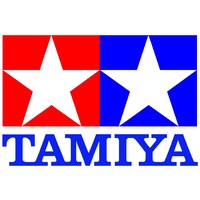



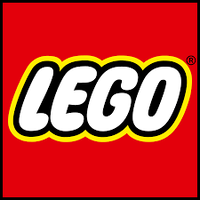
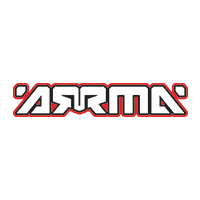
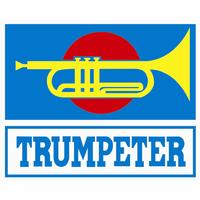

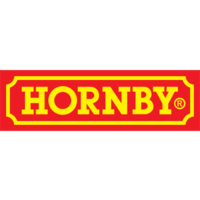
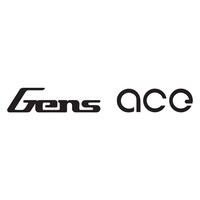
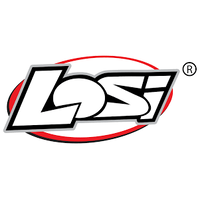
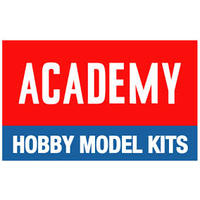
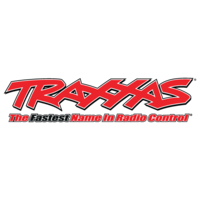




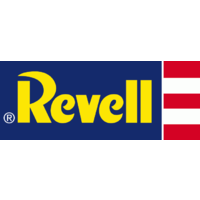

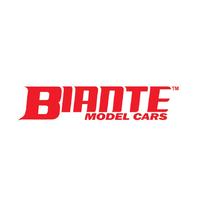
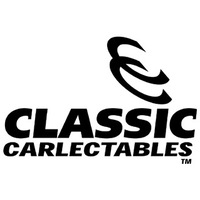


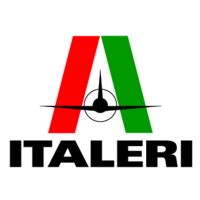


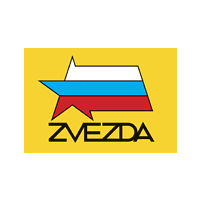
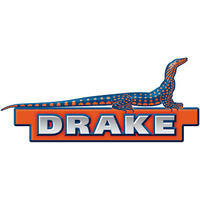

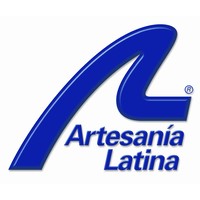


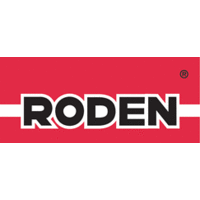
 Flat Rate
Flat Rate
![Deluxe Materials Plastic Kit Glue 20mL [AD70]](/assets/thumb/DM-AD70.jpg?20230421114526)
![Takom 1/35 M114 A1 CRV Plastic Model Kit [2148]](/assets/thumb/TK2148.jpg?20220120110832)
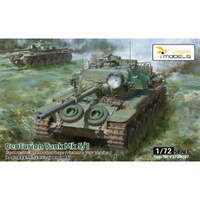

![Dragon 1/72 JGSDF Bushmaster [7700]](/assets/thumb/DR7700.jpg?20220303143141)
![Takom 1/35 US Medium Tank M46 Patto + 1/4 ton Utility Truck Plastic Model Kit [2117X]](/assets/thumb/TK2117X.jpg?20210309142947)










